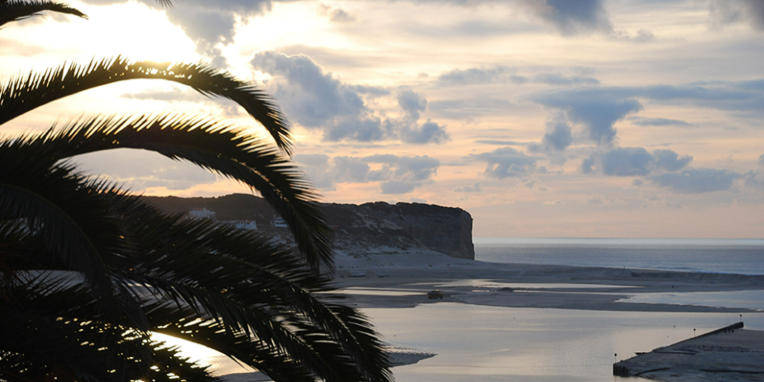How Norway’s Islands Are Distributed
Norway is a country renowned for its stunning natural landscapes, but its islands are equally captivating. With over 1,000 islands, the distribution of these landmasses plays a crucial role in the country’s geography, culture, and economy. Understanding how these islands are organized can enhance your appreciation for Norway’s beauty and diversity.
Norway’s Geographical Layout
Norway’s islands are primarily located along the western coastline, extending into the North Atlantic Ocean. The most notable islands include Svalbard, Hinnøya, and Senja, which all vary in size and population. The structure of these islands is shaped by the country’s fjord-dominated geography, leading to a unique distribution. Many islands are close to each other but can also be isolated due to deep fjords or rough seas. This makes some areas accessible only by boat or air, emphasizing Norway’s connection to the maritime world.
Cultural Significance of the Islands
The islands of Norway are not just geographical features; they are rich in history and cultural relevance. Many islands have sustained small communities that maintain traditional fishing, farming, and crafting practices. For example, islands like Lofoten are famous for their dramatic scenery and fishing heritage, drawing tourists and researchers alike. Each island has its own distinct character, shaped by local traditions and cultural influences. This diversity is reflected in architecture, festivals, and everyday life, making the islands vibrant places to explore.
Economic Impact and Activities
Norway’s islands contribute significantly to the nation’s economy, primarily through tourism, fishing, and aquaculture. The breathtaking landscapes attract visitors from all over the globe, boosting local economies. Additionally, many coastal communities rely on sustainable fishing practices, ensuring that both the economy and marine ecosystems can thrive together. Initiatives promote eco-tourism and conservation, balancing economic growth with environmental responsibility. This distribution of human activity across the islands highlights the importance of sustainable development in preserving Norway’s natural beauty.
In conclusion, Norway’s islands offer a fascinating glimpse into the country’s geographical, cultural, and economic dynamics. With each island holding its own stories and significance, there’s much to explore and learn. Whether you’re planning a visit or just an armchair traveler, delving into the world of Norway’s islands promises an enriching experience. Why not take the next step and discover more about what these islands can teach us?

